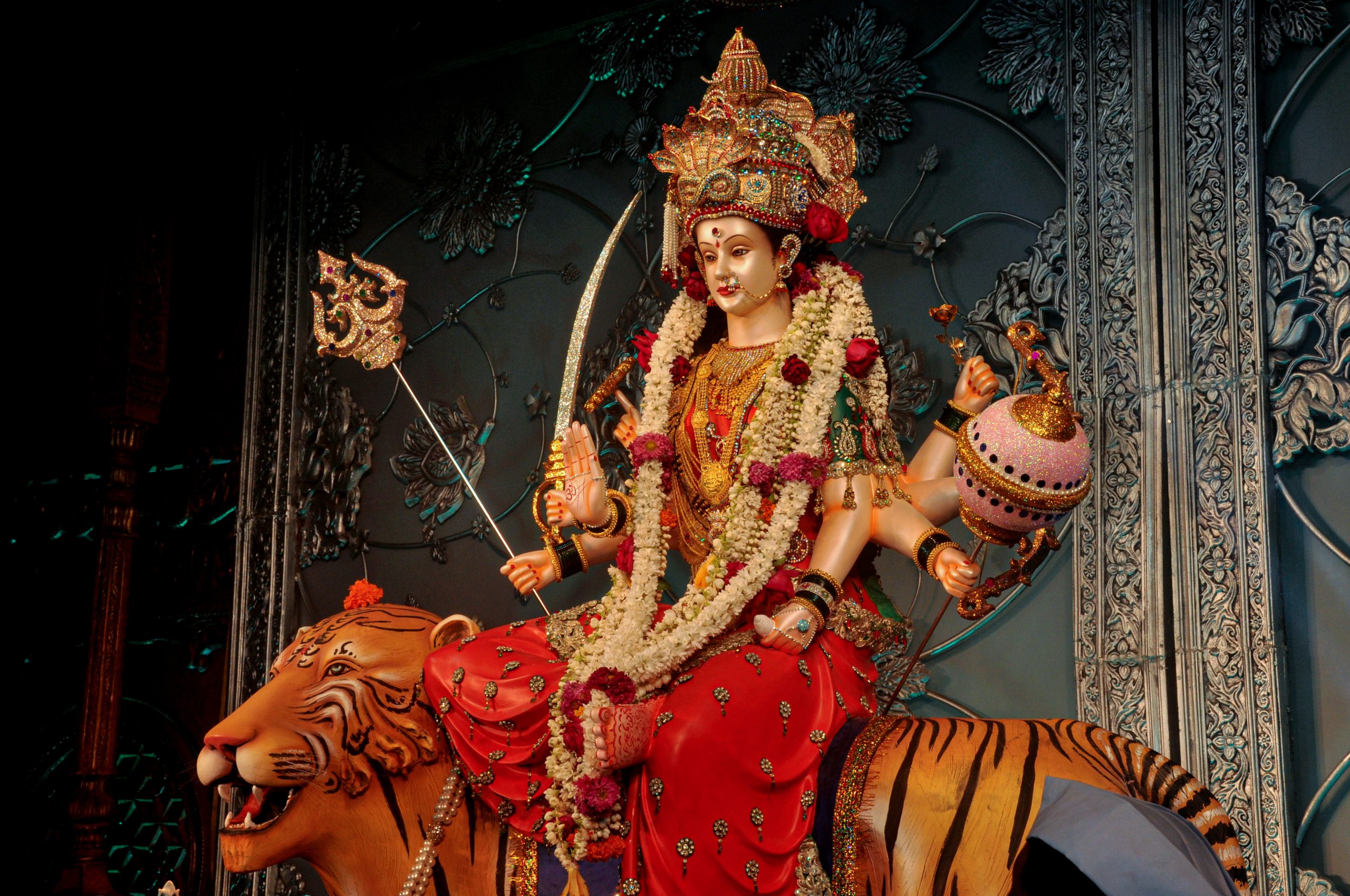Gupt Navratri 2025: A Sacred Gateway to Inner Awakening
While most are familiar with the widely celebrated Chaitra and Sharadiya Navratris, the Gupt Navratris; the “Secret Nine Nights”, remain veiled in mystery and deep spiritual power. Starting June 26, 2025, the Ashadha Gupt Navratri opens a potent portal for sadhaks and serious seekers to connect with the fierce yet compassionate energies of the Divine Feminine. Dr. Taara Malhotra; India’s leading spiritual healthy and energy expert shares some significant details about Gupt Navratris in this article .
What is Gupt Navratri?
“Gupt” means hidden or secret and that is the essence of this Navratri. Unlike its more public counterparts, Gupt Navratri is observed privately and intensely by those who walk the path of spiritual discipline (sadhana). It is especially auspicious for practicing devotional rituals, invoking Mahavidyas and performing advanced mantra siddhi, puja and meditation techniques that draw one closer to Shakti in her raw, unmanifest forms.
There are two Gupt Navratris in a year: Magha (Jan–Feb) and Ashadha (June–July). The Ashadha Gupt Navratri in 2025 begins on Thursday, June 26, and ends on Friday, July 4, concluding with Navami.
The Deeper Significance
Gupt Navratri is not about outer celebration; it is about inner alchemy. It marks a time when the subtle energies of the cosmos align, amplifying the effects of sincere spiritual effort. The vibrations of these nine nights are ideal for:
- Healing and Protection Rituals: Especially for those battling psychic attacks, blockages or negative karmic cycles.
- Mantra Siddhi: Attaining mastery over specific mantras through disciplined chanting and sankalp (intention).
- Spiritual Initiation: Many gurus initiate disciples during this period, as the divine mother is more receptive to inner calls.
For those on a healing or transformational journey, Gupt Navratri is a time of deep cleansing, karmic realignment, and anchoring one’s inner power.

Rituals Observed During Gupt Navratri
Daily Ghatasthapana (Kalash Sthapana): Just like traditional Navratri, the first day begins with invoking Goddess Shakti through a sacred Kalash (vessel). This ritual invites divine energy into your home or space of worship.
- Worship of One Mahavidya Each Day: Serious sadhaks follow a system where each day is dedicated to one form of the Mahavidyas, with offerings, bija mantras and yantra puja.
- Japa and Meditation: Devotees undertake specific japa malas (mantra repetitions) using rudraksha or crystal beads to invoke the presence of the goddess. Silent meditation after japa deepens the connection.
- Use of Scent, Fire, and Sound: Rituals during Gupt Navratri often involve incense, ghee lamps, conch blowing, bells and chants to purify space and raise vibrations.
- Black Til and Mustard Seeds Rituals: These are commonly used in rituals for removing evil eye, black magic or obstacles… particularly when worshipping goddesses like Dhumavati or Baglamukhi.
- Observing Brahmacharya and Fasting: Those seeking higher siddhis often practice celibacy, follow a sattvic (pure) diet or fast completely during these nine nights.
Who Should Observe Gupt Navratri?
While open to all, Gupt Navratri is especially recommended for spiritual healers, occult practitioners, empaths, and those feeling energetically imbalanced. It’s also a time when seekers can break karmic cycles, seek protection and awaken dormant spiritual gifts.
In our noisy world, Gupt Navratri offers a sacred pause, a chance to step into the quiet sanctuary of one’s soul and commune with the goddess within. It is not a festival of rituals alone, but a gateway to divine experience, accessible only to those willing to walk the inner path.
As we approach June 26, prepare your space, align your energies, and approach these nine nights not with fear or curiosity but with devotion, discipline, and surrender.
Shubh Gupt Navratri to all seekers of truth and transformation!

